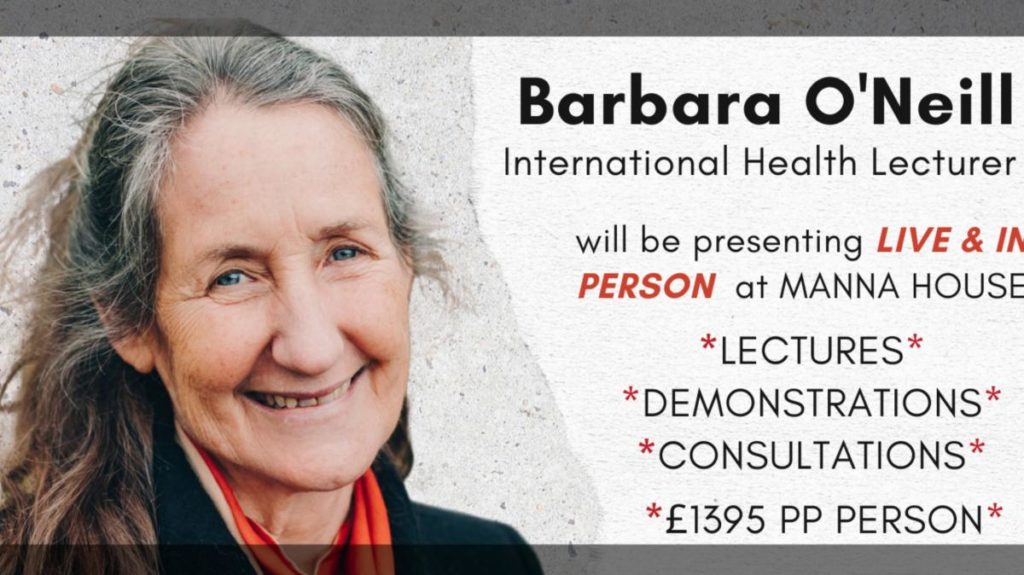When I decided to become a doctor I, like most medical students, did so mainly in the hope of one day being able to help suffering individuals. Later, when I became a researcher, I felt more removed from this original ideal. Yet I told myself that, by conducting research, I might eventually contribute to a better health care of tomorrow. So, helping suffering patients was still firmly on the agenda.
After I had gone into research of alternative medicine, I gradually I realised that my findings published in peer-reviewed medical journals somehow missed an important target: in alternative medicine, one ought to speak not just to health care professionals but also to consumers and patients. After all, it is they who usually make the therapeutic decisions in this area, often without consulting their doctor.
I therefore started addressing the general public in various ways: by writing for newspapers and magazines, by giving public lectures, and by publishing books for lay audiences. The more I did this sort of thing, the more I noticed how important it truly was. And when a friend offered to help me set up my own blog, I did not hesitate for long. Almost a decade later, the public can read on my blog (edzardernst.com) more than 2,000 articles about every alternative modality under the sun.
My enthusiasm for addressing lay audiences is motivated by the same reason as the one that brought me into medicine in the first place. I do believe that it is important for consumers to know the truth about alternative medicine. Considering the plethora of daily misinformation in this area, there is an urgent need for evidence-based, critical information. By providing it, I am sure I can assist people to make better therapeutic decisions.
In a way, therefore, I am back where I started all those years ago: hoping to help the public in the most direct way my expertise allows. And this often means warning patients from dangerous charlatans. But how successful are my endeavours?
More often than not, I have no idea and can only hope for the best. Sometimes I do get some encouraging feedback that motivates me to carry on. Rarely, however, do I witness immediate, tangible success.
This is why the following sequence of events is so remarkable:

- On 6 June, an Australian acquaintance from the Friends of Science in Medicine sent me material about a planned UK lecture by Barbara O’Neill, an “international health lecturer” notorious for promoting dangerous quackery.
- I looked into it and published a blog post about it only a few hours later, highlighting her claims about cancer, vaccines, and raw goat’s milk
- One of my readers then suggested in the comments section of this post alerting the UK press to it.
- Another reader went a decisive step further and contacted The Times.
- Tom Whipple, a journalist at The Times, turned out to be interested in the story.
- He did some research and interviewed Michael Marshall from the Good Thinking Society (editor of this magazine) and myself.
- On 11 June, The Times published his article about the planned event.
- This article set things into motion which eventually resulted in the outcome that Barbara O’Neill’s UK lectures never took place.
I think this story is remarkable and uplifting; it shows how a few like-minded people who do not even know each other can work together to prevent someone promoting outright quackery.
As the lectures were at least partly about misleading vulnerable cancer patients about quack ‘cures’ of their disease, our collective effort might even have saved a few lives!



